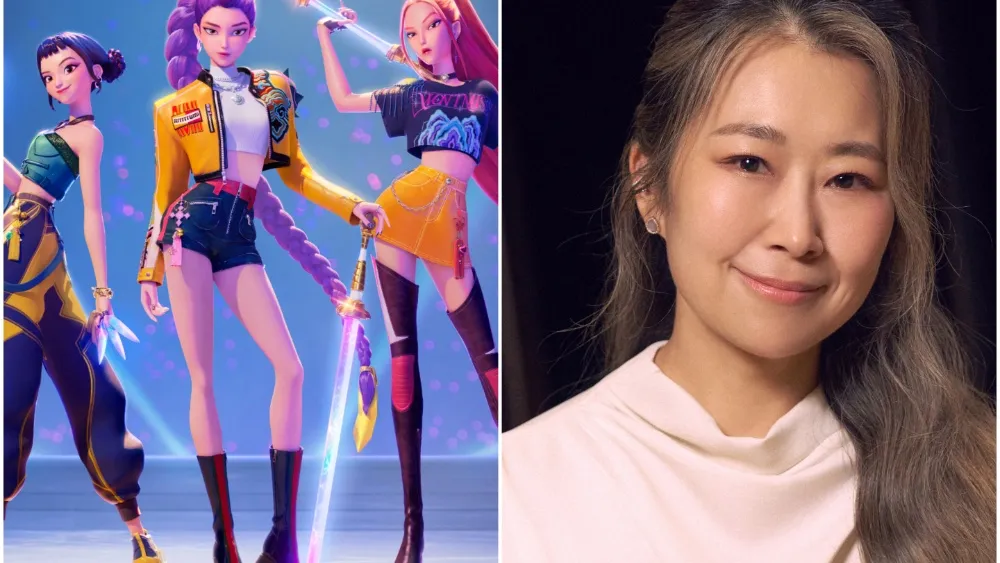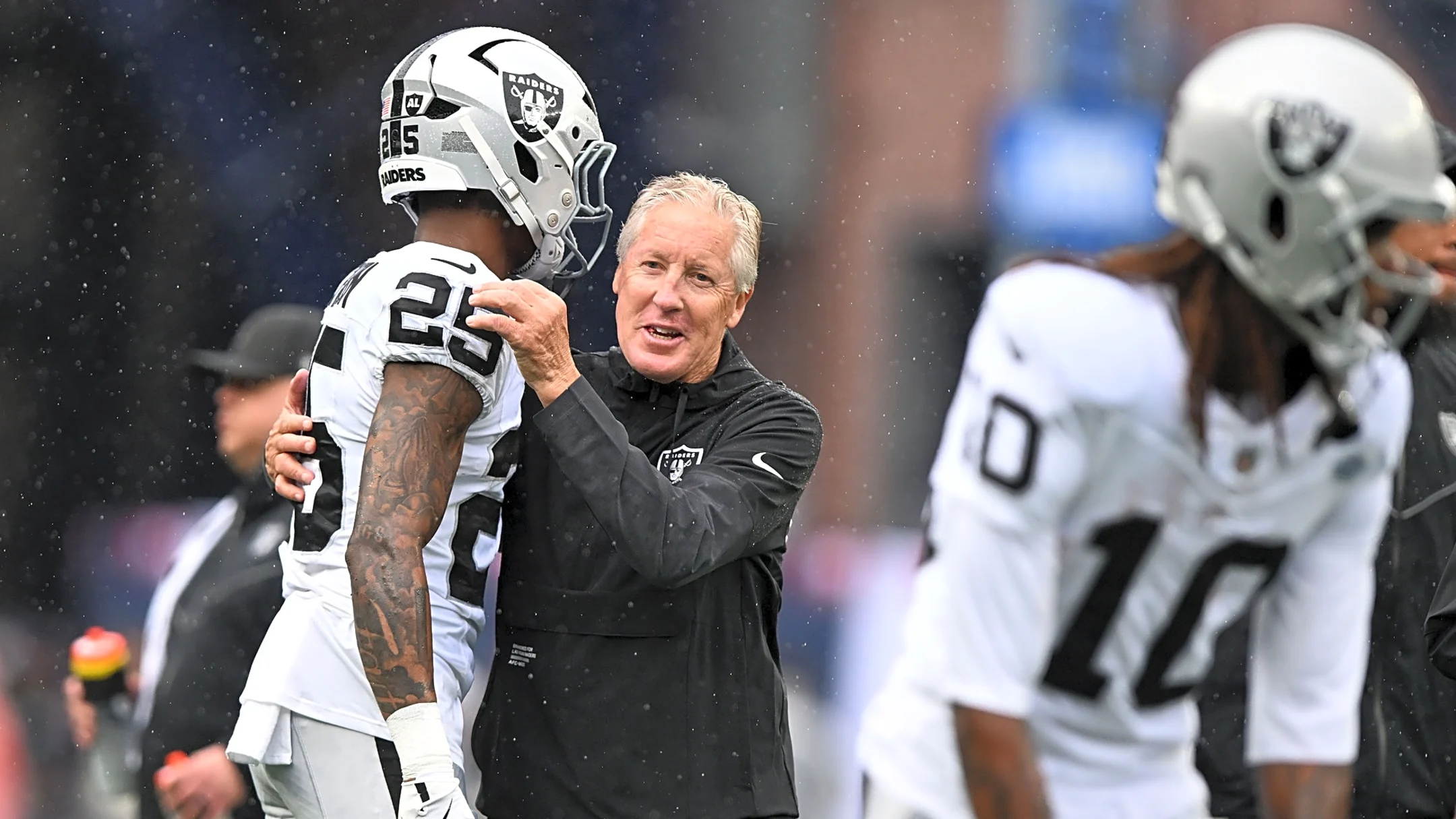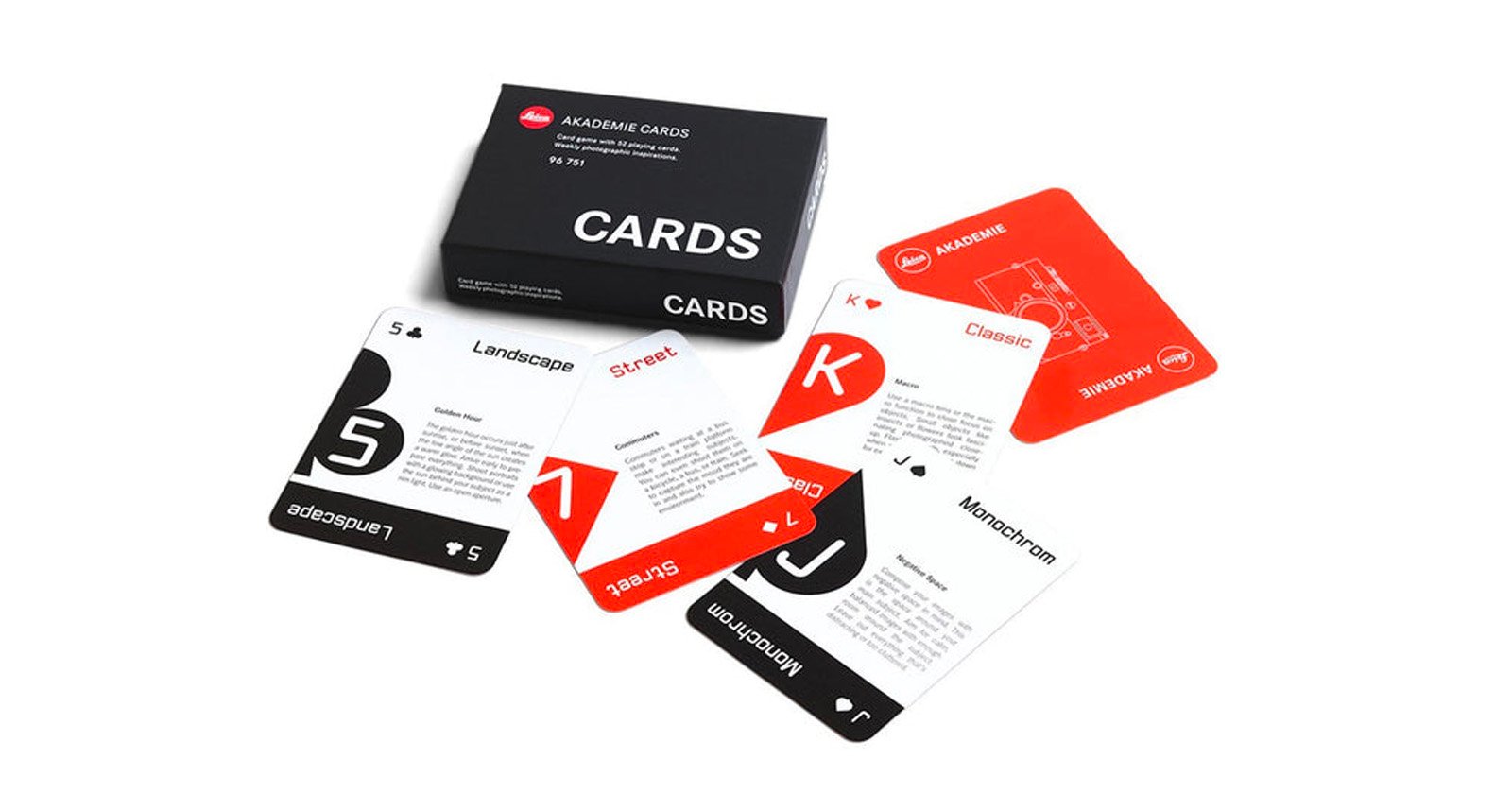
When Maggie Kang had the opportunity to direct and pitch her own animated film, she knew exactly what was missing from Hollywood animation. After working in the industry for over a decade, the Korean-American filmmaker had never encountered a single Korean project. So she created “Kpop Demon Hunters” — Netflix‘s animated musical that became the first feature animation with all Korean characters and a global phenomenon that surprised even its creators.
Delivering a masterclass at the Netflix Creative Asia conference during the Busan International Film Festival, Kang detailed her journey from concept to worldwide success, revealing how she systematically infused every aspect of the supernatural girl group story with authentic Korean culture.
“I always wanted to see Korean represented on screen,” Kang told the audience Saturday. “I really wanted to work on a Korean project, but I really never came across one in the 12 or 13 years of working in the animation industry in Hollywood.”
The film’s origin story began with Kang’s fascination with Korean mythology, particularly creatures like dokkaebi, dalsin and saja that she grew up hearing about. “The idea of demons naturally led to demon hunters, a group of really incredible women who fight demons,” she explained. “But the idea needed something else. It just wasn’t enough.”
That missing element turned out to be K-pop, which transformed the project entirely. “The movie instantly became larger in scale. It became a musical, and it just there was just more spectacle,” Kang said, noting how K-pop’s ability to cross cultural barriers made it a natural fit for the story.
To ground the fantastical concept in authentic Korean culture, Kang turned to the country’s shamanic traditions. “We have this amazing tradition, which is the mudang. It’s Korean shamanism. So the idea of using music to, you know, and song to ward off demons. This is what the mudang did,” she explained.
The film’s hunters draw their supernatural powers from song and dance, creating “sonic weapons to fight back demon hordes.” Kang drew inspiration from gut, traditional Korean folk dancers who performed rituals to protect communities from demons and evil spirits. “In a way, they were really the first concerts in Korea,” she noted.
In 2022, Kang and her core creative team, including co-director Chris Appelhans, embarked on an extensive research trip to Korea. They visited locations including Gwangjang Market, Namsan Tower, Olympic Stadium, Myeongdong shopping district, and Seonsan Folk Village.
“You have to know Korea in order to show it just the way it is,” Kang emphasized. The team’s firsthand experiences informed every visual detail, from the modeled buildings of Seoul’s skyline to the authentic details in restaurant scenes.
One particularly meaningful location was Bukchon Hanok Village, chosen for the first meeting between main characters Rumi and Jinyu. “The Hanok is like, is Ji-noo and the modern skyline we thought was Romi, modern and old, like put together,” Kang explained, describing how the juxtaposition of traditional and contemporary architecture reflected the characters themselves.
The production’s commitment to authenticity extended to the smallest details. Kang highlighted how Korean artists throughout the production flagged cultural elements, including a colleague’s suggestion to add napkins under place settings in a restaurant scene — “the kind of details that really speak to a Korean audience.”
The team also incorporated iconic Korean elements like taekwondo, visiting both the Kukkiwon and the K-Tigers demonstration team. “Their demonstrations really proved to us that dance and fighting could be seamlessly incorporated,” Kang said.
Even the film’s animal characters paid homage to Korean culture, with Derpy the tiger inspired by the national animal and chokdo art, while Sassy the three-eyed magpie completed the traditional Korean artistic pairing.
Creating Korean female lead characters was particularly meaningful for Kang, who worked to make them “both appealing and aspirational and unique, but most importantly, Korean.” Of her personal favorite, she singled out Mira: “I just think Mira is so cool, like, I just think she’s so beautiful in a totally different way that I look, and so I wish I was Mira.”
The film features seven original songs created by prominent K-pop producers, including teams from The Black Label led by Teddy Park. “We went to bonafide K-pop hit makers, from producers to songwriters to lyricists to make sure that the DNA of the K-pop music was the primary concern,” Kang said.
The soundtrack’s breakout hit “Golden” reached number one on the Billboard chart, while members of Twice covered the film’s “Takedown” track. “Their excitement about the film really validated what we were trying to achieve and accomplish in the K-pop space,” Kang noted.
Kang praised her working relationship with co-director Chris Appelhans, describing their collaboration as essential to maintaining the film’s vision. “Story is king. If you don’t have story, nothing matters,” she said, explaining their process of trading scenes and providing input on each other’s work.
“By the middle of it, we were so in sync that we almost shared a brain,” Kang said. She noted that Appelhans, whose wife is Korean, brought cultural sensitivity to the project, him having previously moved to China for two years while directing “Wish Dragon.”
The film’s worldwide popularity has surprised even its creators. “When you make a movie, you don’t think about you, don’t you just make it and hope that people connect to it,” Kang reflected. “This is, we didn’t expect any of this. It’s blown our minds.”
While fans frequently ask about sequels, Kang said there’s “no official word” on future installments, though she and the team remain “excited for the possibilities of more stories.”



